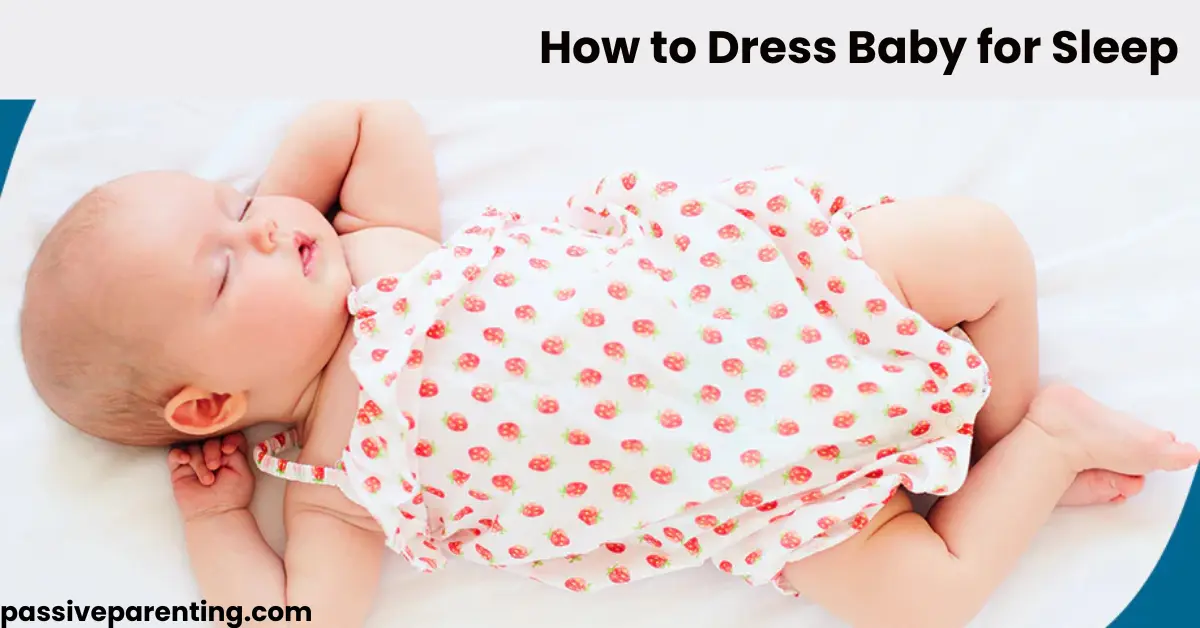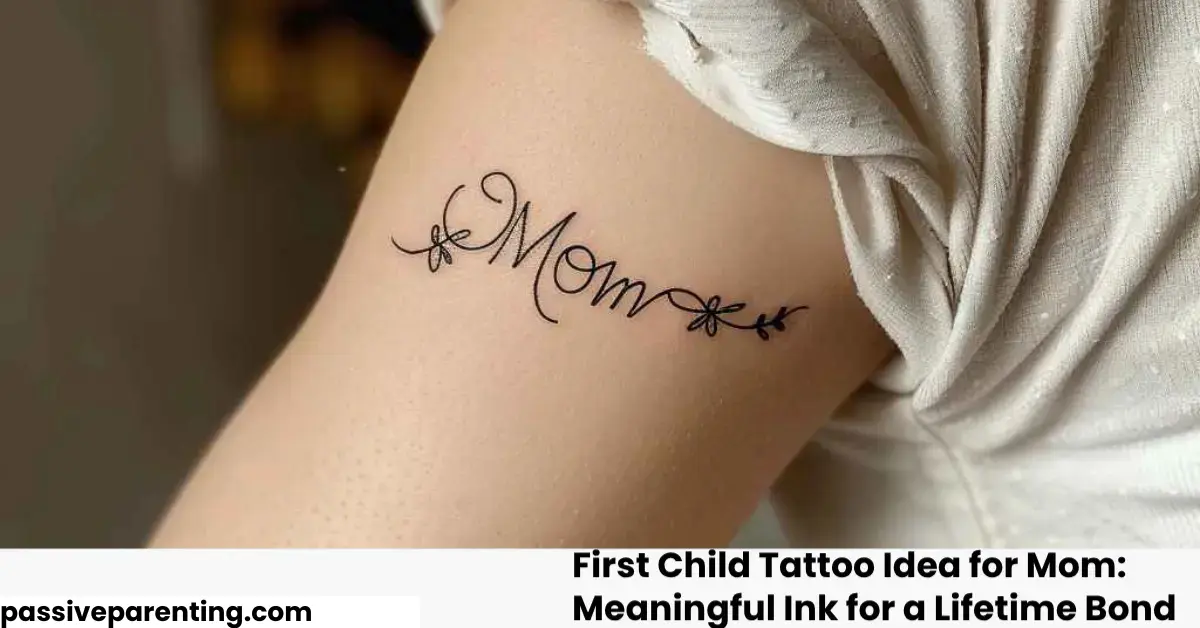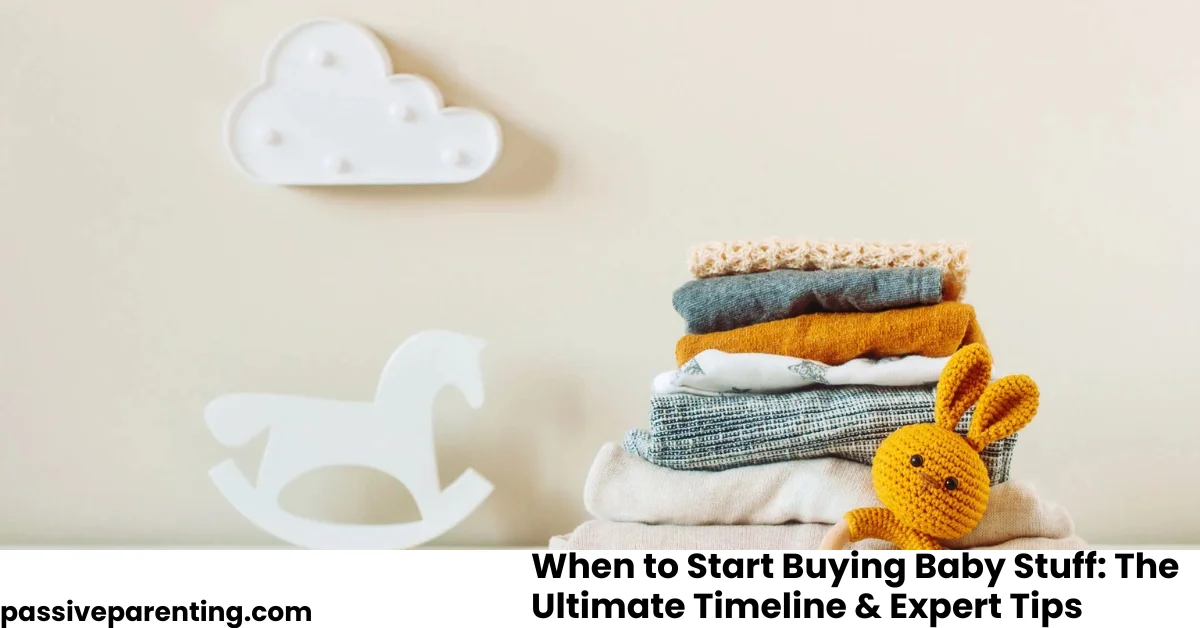Trying to figure out how to dress baby for sleep is one of those parenting tasks that seems simple until you worry about safety, comfort, room temperature and layers. Babies can feel too hot or too cold very quickly. This guide walks you through what to use at different room temperatures, the safest materials and styles, and tips by age so you can put your baby to sleep comfortably and safely starting tonight.
How to Dress Baby for Sleep Based on Room Temperature
Room temperature should guide sleepwear. Dressing your baby according to what the room feels like helps reduce risk of overheating and helps avoid chill.
| Room Temp (°C / °F) | What Baby Should Wear | Key Safety Points |
|---|---|---|
| Below about 18 °C (≈ 65 °F) | Long sleeve footed pajamas, plus a sleep sack or wearable blanket | Do not use heavy loose blankets or pillows |
| 18-22 °C (≈ 65-72 °F) | Footed pajamas, light sleep sack; maybe undershirt if cool | Check for sweat or flushed skin |
| Above about 22 °C (≈ 72 °F) | Short pajamas or onesie; no sleep sack if baby seems warm | Use breathable fabric; avoid over layering |
Room thermometer helps. Feel baby’s chest or back to judge warmth rather than relying solely on their hands or feet.
Choosing Fabrics and Sleepwear Styles
- Pick breathable fabrics like cotton, bamboo or muslin that allow air flow. Avoid thick polyester that traps heat.
- Sleep sacks or wearable blankets are safer than loose blankets.
- Sleepwear that covers feet helps reduce need for extra socks.
- Swaddling works for newborns who do not roll. Stop swaddling when rolling begins.
Safe Sleep Practices Backed by Research
- Overheating increases risk of sleep related infant deaths. According to CDC do not cover baby’s head or allow baby to get too hot and avoid loose bedding.
- Dressing baby with layers is safer than using loose blankets. According to AAP use sleep clothing or wearable blankets rather than pillows, quilts or bulky bedding.
- Babies should wear no more than one layer more than what a comfortable adult would wear in the same environment. According to Healthy Children this helps avoid overheating.
- Watch for signs of overheating such as sweating, hot chest, flushed skin to know when to remove layers. According to NHS lightweight fabrics and minimal nightwear work best in warmer indoor climates.
Practical Checklist to Use Tonight
Here is a clear checklist you can follow when dressing your baby for sleep this evening:
- Measure room temperature with thermometer
- Dress base layer: onesie or pajamas suited to that temperature
- Add or remove a sleep sack or wearable blanket depending on how cool or warm room is
- Ensure sleepwear fits snugly, especially around neck and waist, to avoid loose fabric near face
- Avoid hats, scarves, or extras that can cover face or restrict breathing
- Sleep area should have only fitted sheet; no pillows, loose blankets, bumpers
Do / Don’t Box for Parents
Do
- Watch the baby’s core temperature: chest and back are better indicators than hands or feet
- Use breathable fabrics and layers you can remove easily if baby seems warm
- Use safe sleep sleepwear such as wearable blankets instead of covering with loose blankets
Don’t
- Do not overdress thinking more layers are always safer
- Do not place hats, hoods, or extra items on baby indoors during sleep
- Do not use weighted blankets or bedding; avoid soft items in crib until age 1
Comparing Sleepwear Options and Layering Techniques
| Option | Pros | When It Is Best |
|---|---|---|
| Sleep sack or wearable blanket | Offers warmth without risk of loose material covering baby | Cooler rooms; when extra warmth needed |
| Footed pajamas | Covers feet; simpler layering; no need for socks | Mild to moderate temperatures |
| Onesie or short pajamas | Minimal layers; good for warm rooms | Hot nights or warm climates |
| Swaddling (light wrapping) | Soothes newborn; reduces startle reflex | Only until baby can roll over; use safe swaddle wrap |
Adapting Over Time: Newborn to Toddler
- Newborns (0-3 months) have less ability to regulate body temperature. They may need more careful layering and safe sleep clothing.
- Infants (3-9 months) often sleep more deeply; may tolerate lighter sleepwear if room is warm or using sleep sack properly.
- Older babies / toddlers usually can move and kick off covers; safe use of lightweight blankets may be okay after age 1 when baby can push away items safely.
Tips based on Seasons and Environment
- In cold weather use room humidifier to keep air moist so layers don’t feel harsh.
- In hot weather run fan or air conditioning and use minimal clothing.
- Always check baby during night: core should be warm but not sweaty.
- In baby carriers or car seats sleeping, remove external bulky layers before placing baby in sleep surface at home because insulation plus external layers can overheat.
Conclusion: How to Dress Baby for Sleep Comfortably and Safely
Knowing how to dress baby for sleep means using temperature-based decisions, breathable fabrics, safe layers and avoiding loose bedding. With room temperature monitoring, careful layering, avoiding hats or excess bulk, and spotting signs of overheating or chill, you can help your baby sleep soundly and safely. Use these tips starting tonight and adjust as baby grows to keep sleep comfortable and safe.




